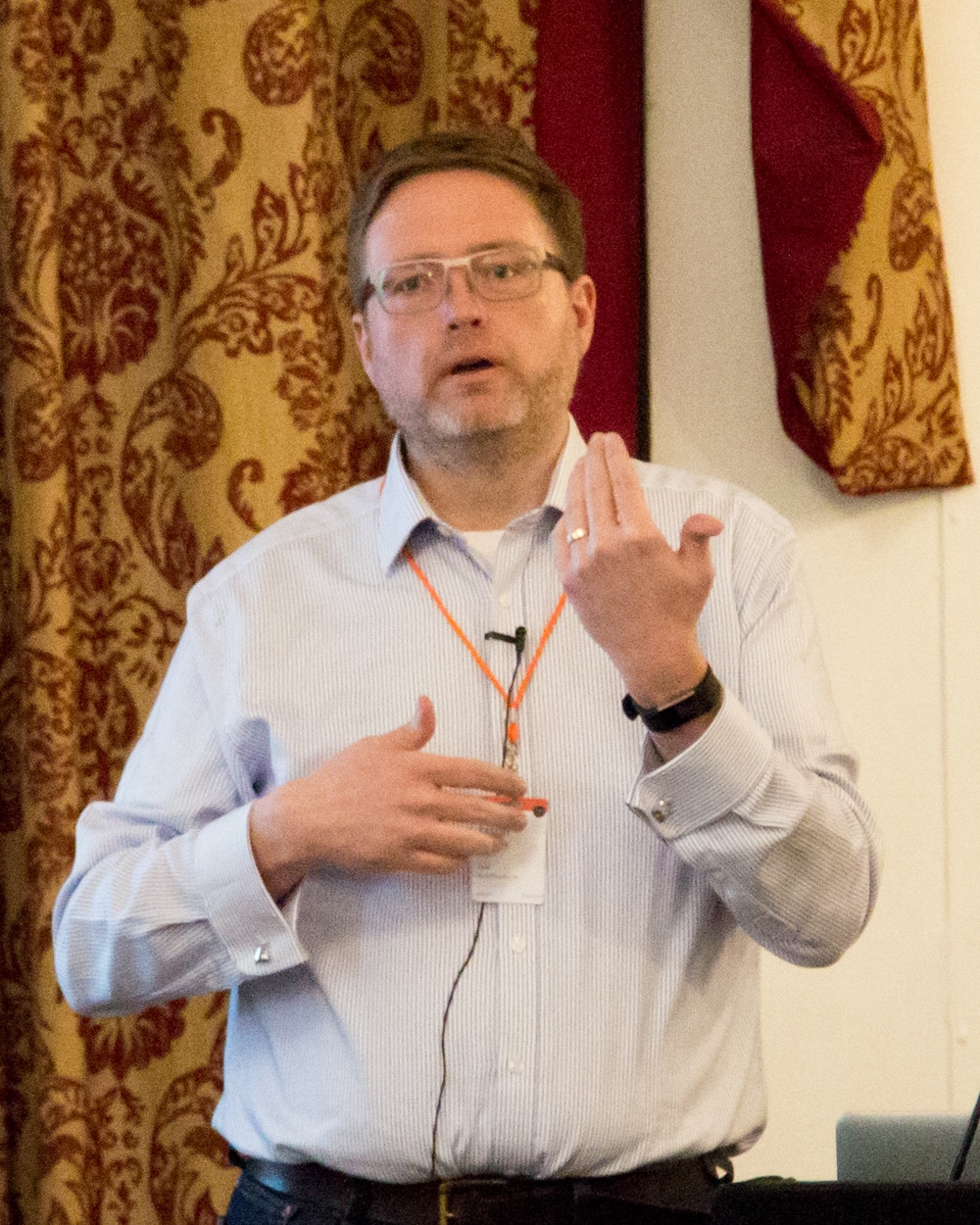Jason Mitchell, Director of Professional Services at Typefi, presents his annual Professional Services Update at the 2018 Typefi User Conference in Brighton.
Transcript
JASON MITCHELL: I’m Jason Mitchell. I’m the Director of Professional Services.
Following on from the last two presentations, I’m going to deviate a bit. There’s an author named Yuval Harari who has written a couple of books recently on the history of mankind, and the history of the future.
And if you’ve read the second one, which is a brief history of the future, one of the running threads is about how technological change doesn’t naturally lead to progress. In fact, sometimes it doesn’t make any changes at all.
His example is, if you can imagine the old workshops and steam factories which were set up in Victorian England—and for any of you who are visiting England, I’m sure you could find a museum to see one of these—they were organised on a very specific basis.
There was a steam engine at one end, and an enormously long, straight belt that would go all the way through the factory, and all the lathes or the drills or the saws, whatever, would be connected to the same thing on the same speed, and that’s how the factory worked.
So, when electricity came along, sort of replacing all of that, the first thing everyone did was basically unplug from the belt and plug into the electricity. And the design of the factory stayed exactly the same.
The only change that they had was that they saved money. It was cheaper to get the electricity than it was to use the steam power. And that was it.
And then, of course, eventually people started thinking they could do other things now that they had electricity. They had more flexibility. They could work in a different way.
And those, of course, are the ones who went on to—to use a catchphrase—do more, as opposed to fall away.
When I was reading that book, it made me think a lot about our experiences at Typefi, because I think if we look at our customers as a base, which the Pro Serv team look after, the ones who do exceptionally well with Typefi are the ones who solve the first problem.
And the first problem is normally a really simple one, which is: “We’re spending far too much on our typesetting.” And they solve that problem.
But then when they have the technology, they stop to think: “What else can I do with this?” And whenever I implemented Typefi myself, the first answer to that question was: “Wow, now that we have this, we can create EPUBs and it will cost us nothing.”
I think that’s an interesting concept about technology. It’s great to use it to solve a problem, but then you need to think what you can do beyond that. And often it’s the processes around how you’re using that technology that really need to change for you to get a lot of power from that technology.
We do have some customers, I’m sure, who just slot us in, and all the other processes will stay the same, and that one little bit will be a bit quicker, but they could do a lot more with that.
So that’s my little digression. It was either that or Ben’s joke, but I felt like that would be stealing the joke, so I’ll leave that for later.
As I alluded to, I joined Typefi a few years ago. Before that, I implemented Typefi. So I first came across Typefi maybe about eight years ago.
My background is in publishing operations. I’ve worked in travel guide companies, and also one medical publisher as well. So I’ve kind of been on the—as Chandi says—I was on the other side before I was on the dark side.
It’s really interesting working with so many different customers. The opportunity of the User Conference, from my point of view, is that it’s a great opportunity to see all of you guys face to face.
The nature of our role in Professional Services is that we speak to most of our customers via ticket, and very rarely actually get to see them. And in fact, if you’re one of our really valued customers who get a lot out of Typefi, like the guys from NEJM, we don’t really talk to you at all anymore, because you don’t have any questions.
I actually did a bit of research, and I think you had a total of one, maybe two tickets in the last 13 months because it’s all working for you, and that’s fantastic, but we do miss you sometimes, so it’s nice that you get to come here.
Now, this is my third or fourth User Conference as well, and there are some familiar faces, but it’s amazing, looking at the guest list, how many new faces there are.
For some of you, you may not have had any contact with anyone at Typefi other than your salesperson and your consultant. So really, take the opportunity with a coffee following this, and the cocktails later, to get to chat to us. It’s our big opportunity to talk to you.
With Professional Services, within the company itself, we’re kind of the extroverts of the company. We’re not nearly as extroverted as the sales team, obviously—I mean, they’re really out there—but we’re the ones who have to keep the conversations going with you.
We fit your solution once you’ve signed. We support you through that time, and like Caleb said in his earlier presentation, we’re constantly translating what we can do with Typefi to improve your processes internally. And we do this mostly using a lot of remote platforms ourselves.
Chandi’s told a story before where when he joined Typefi, because he’s based in Australia, as many of you probably know, he used to burn through those calling cards, which actually sounds a bit like an 8-track these days, doesn’t it?
But I can very easily remember. You’d go and you’d buy the calling cards when you went on holiday so you could make a phone call, and he would just burn through these to talk to customers in Europe and in America from Australia.
Well, these days we use things like GoToMeeting and Skype and our help desk to maintain those communications. It’s a lot easier, and also allows the extra advantages of being able to screen share so we can see the problem live.
It also, advantage or not, allows for video calls. But if you want a video call, please give us a warning in advance because many of us work at home, and we want to prepare ourselves at least from the waist up for that call.
We really do look after customers all over the world, and for the most part, we do this from offices which are based in our houses. We’re very modern in Professional Services and the way we work.
This picture here for my opening is actually just around the corner from my house, a few weeks ago when the east of England was battling the Beast from the East. I would like to say I took it, but I didn’t. Of course, that was a day when I was sitting at my desk at home, working away.

The Professional Services team
For you guys who aren’t so familiar with Pro Serv, I’ll show you a quick overview of the team. We basically have three core locations. There’s a European team, the team in the US, and the team in Sri Lanka.
In Europe, we have Peter, who’s based up in Lancaster, who’s the scripter, as Chandi said earlier. Guy, who’s a Senior Solutions Consultant based out of the Hague, and Gabriel’s based not too far away in Amsterdam, and Marie is in France.
In the US, we’ve got Eric from Chicago, Jamie from Dallas Fort Worth, and David from Washington, DC. So we really are, as a team, spread out with the exception of the Sri Lankans.
There we have two core teams. We have the XSLT team, which is led by Sandun, and if any of you happen to be going to JATS-Con later on in the year, he’s going to be there. Take the chance to say hello to him. He doesn’t get out much, so, you know, say hello.
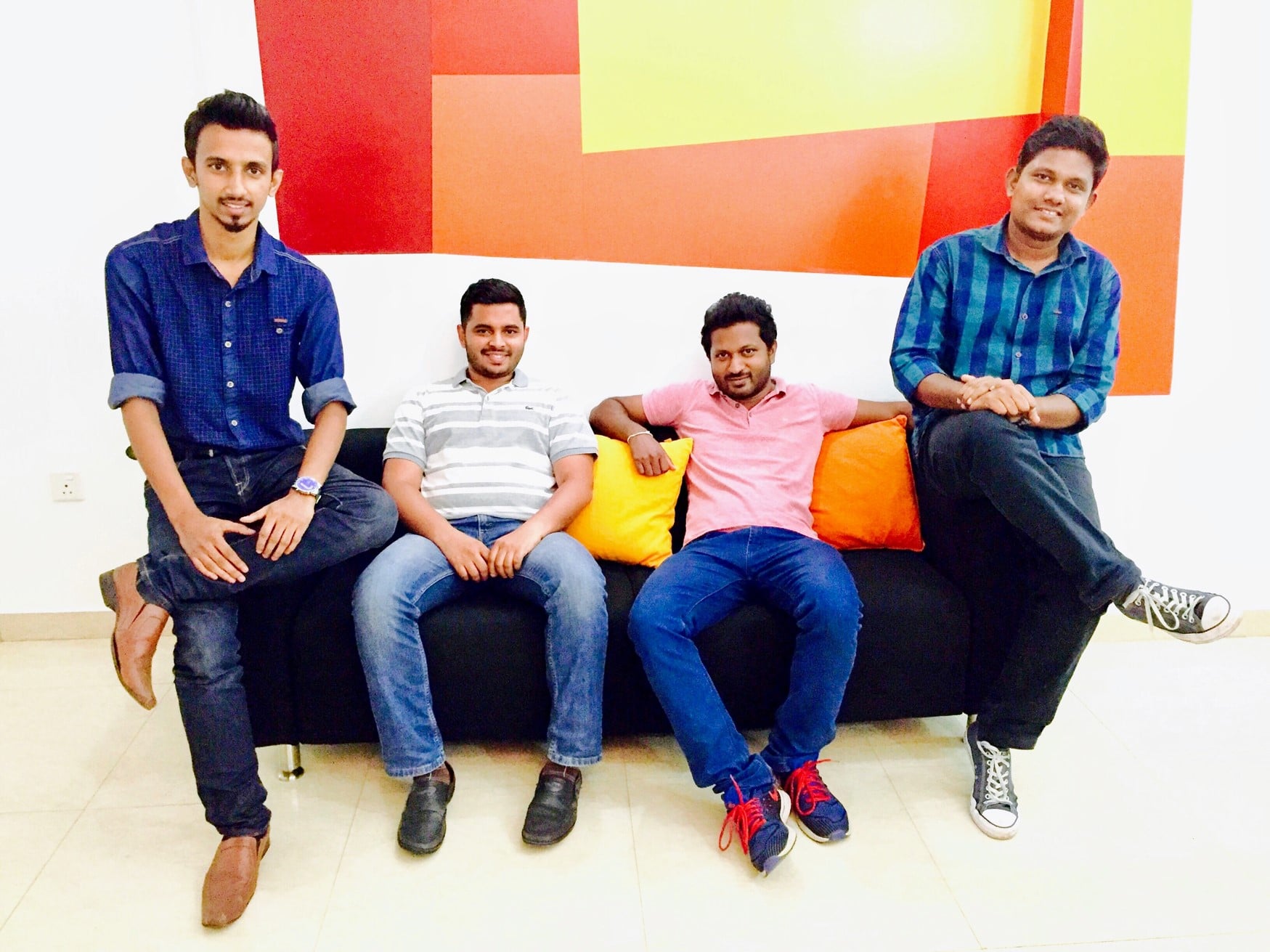
Then the other core team is the support team, these good-looking guys here. Now, you might recognise one of them sitting down in the middle. That’s Dilum. He’s been standing back there today. He’s the lead of that team.
Then from the left we have Supun, Dinitha, who joined the same time as Dilum, and then Udara. Both Supun and Udara joined in a second wave of hiring to the team as that continues to grow.
Talking about Sri Lanka as well, I know Chandi’s already done the introductions, but please take the chance to speak to Chathini and Dilum, because they’ve travelled a long way to be here and to interact with the customers, so take a chance to speak to them at the break.
I remember saying this two years ago in Brighton when I gave my first talk. For me, Typefi Professional Services is always about it being a very personalised service. Whenever I was a customer, that was exactly the way it was—you felt like you had a direct line to people, whether that was Gabriel or Chandi or Caleb.
As we grow, that’s the aim that I’m aiming for. And it does get more difficult. It gets more difficult every year to do that, because we’re successful. If we were failing, it would be really easy, because there would be one customer for every one of us, but we don’t want to go that way.
Typefi’s customers
It’s very rare for a customer to leave using Typefi once they’ve implemented, and every year the sales team and our increasingly strong reputation in certain sectors, in particular, bring more and more customers in to us.
New customers
Since the last conference, we’ve actually added 12 new customers, which I think since my time here is probably the most—especially as a lot have been sandwiched in the last six or seven months—that we’ve had in one small period of time.
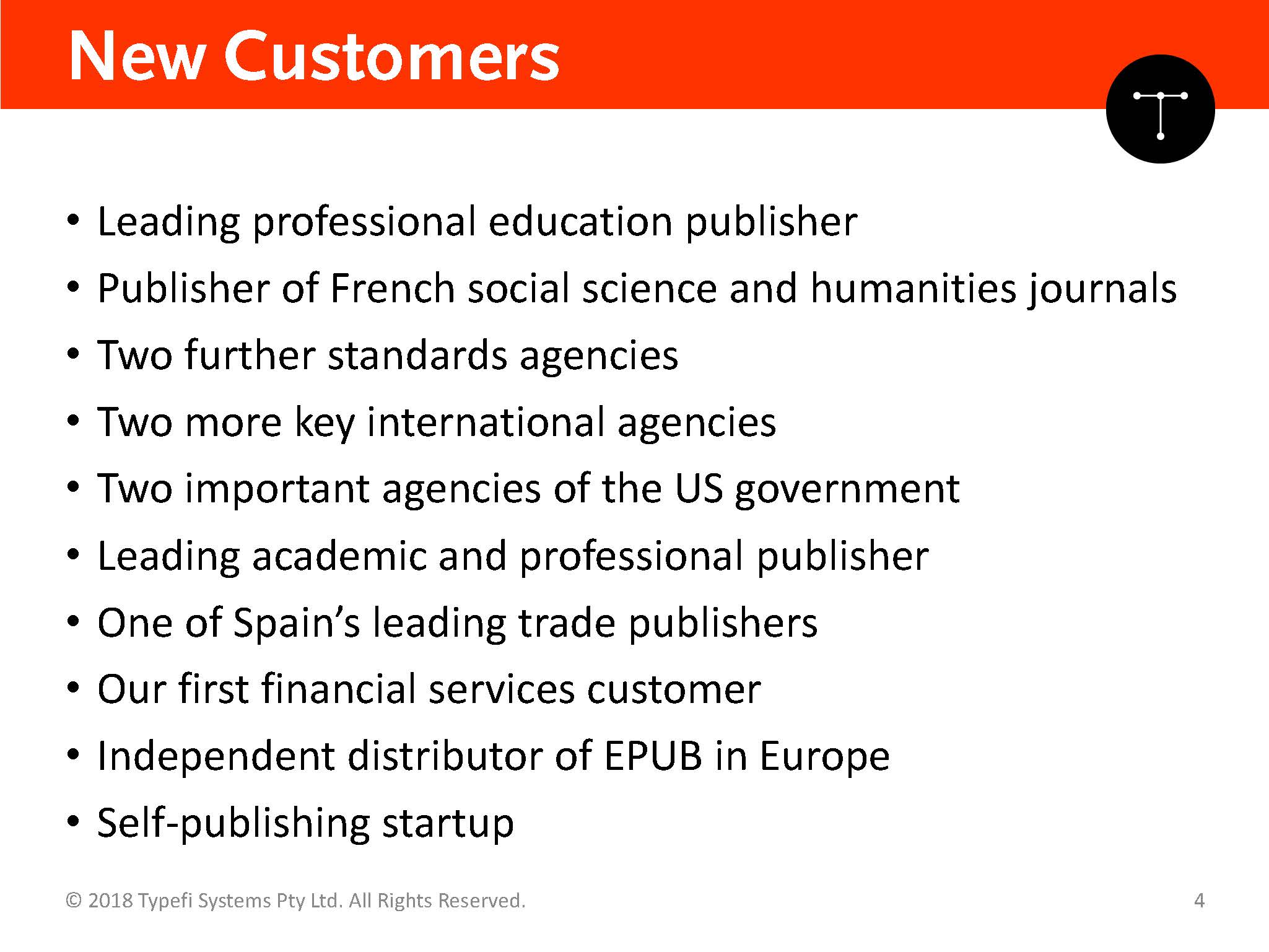
I haven’t put the names up here for various reasons, but it’s really interesting if you look at the diversity of these customers as well. There aren’t really any two customers with Typefi that are the same.
In the last year, we’ve started working with a couple more international agencies, which we’ve worked with for years, and standards which we’ve worked with for years as well, but we’ve also signed our first financial services customer, which is a new area for us. We’re on the cusp of signing a trade publisher in Spain, which is a big departure as well.
So, the Professional Services team challenge gets greater and greater, because we have to understand the publishing processes, not just of one kind of publishing such as journals, but of lots of different kinds of publishing.
Bringing Typefi to a global customer base
Now, with all of those, we really are becoming a global product. We have customers in 14 US states and in 10 European countries, plus other countries such as India, Brazil, Japan, Korea, New Zealand, Sri Lanka and Australia, so our customers are located in 11 different time zones around the world.
I think if you took out the ones that are in the middle of the ocean, that must be almost all of them. We really are all around the place.
So, our job is to translate our technology to your processes, but in order to do that, we also have to close this geographical gap between our homes and your offices. And to do that, it means we can spend quite a lot of time on the road.
When Guy said yesterday that he had the best job in the world, I would like to think that the opportunity to travel and meet people is one of the key drivers of that.
In recent months our team have been to places like London, New York, Boston, DC, Frankfurt, Vienna, Paris, and Conshohocken, Pennsylvania. I mean, what more can you ask for? And Guy was even sent to Coventry, which only the British people will get that joke.
During these trips—and I’m only mentioning this because I’m still thrilled about it—we’ve actually spotted a couple of celebrities. For me, I was genuinely moved to run into Christine Lagarde at the IMF headquarters in Washington, DC.
I thought no one could top that until Marie told me she’d just happened to be watching the new film The Beguiled with the entire cast, which is probably a little bit better, really. Although we got a work order out of IMF, and I don’t think we’ve got one out of the film industry yet.
And you probably aren’t surprised that a lot of people, they travel for work, and they look at their air miles because they really want to plan that next holiday and get a discount. So, we keep track of them.
But despite all of our trips, I really don’t think we have a hope of ever finishing first, even as a whole team, in the annual Typefi air miles race. There’s one person who always tends to beat us.
Last year, Chandi travelled 288,000 miles, meeting customers and prospective customers. Chandi probably knows this straight away, but that would be seven times around the planet. Unfortunately, it’s only halfway around Jupiter, though. So it’s not getting you that far.
But this travel, even though we enjoy it, it really is that core principle of we have our technology, you have your process, and we have to bring those together, and we also need to be face-to-face with you to understand how you work and to deliver that personalised service.
Bringing ‘legacy’ customers up to speed
We had a really interesting situation with a customer this year. This customer has been with us for several years. They’re based in India and Sri Lanka, and they are a publishing services provider for lots of large publishing companies.
They have a large number of staff and they’re exceptionally well skilled, but we went in there to train, and now, a few years later, not a single person that we had trained was still there. Just the natural turnover of the organisation.
This started to create problems in our relationship. Communication had suffered. I think it’s fair to say we kind of drifted apart, really.
So we invited them to our Sri Lankan office, and we refreshed their training, spent some time with them, understood their problems again, face to face, appreciated that a lot more. Had a little bit of training there as well, so that they understood the technology again.
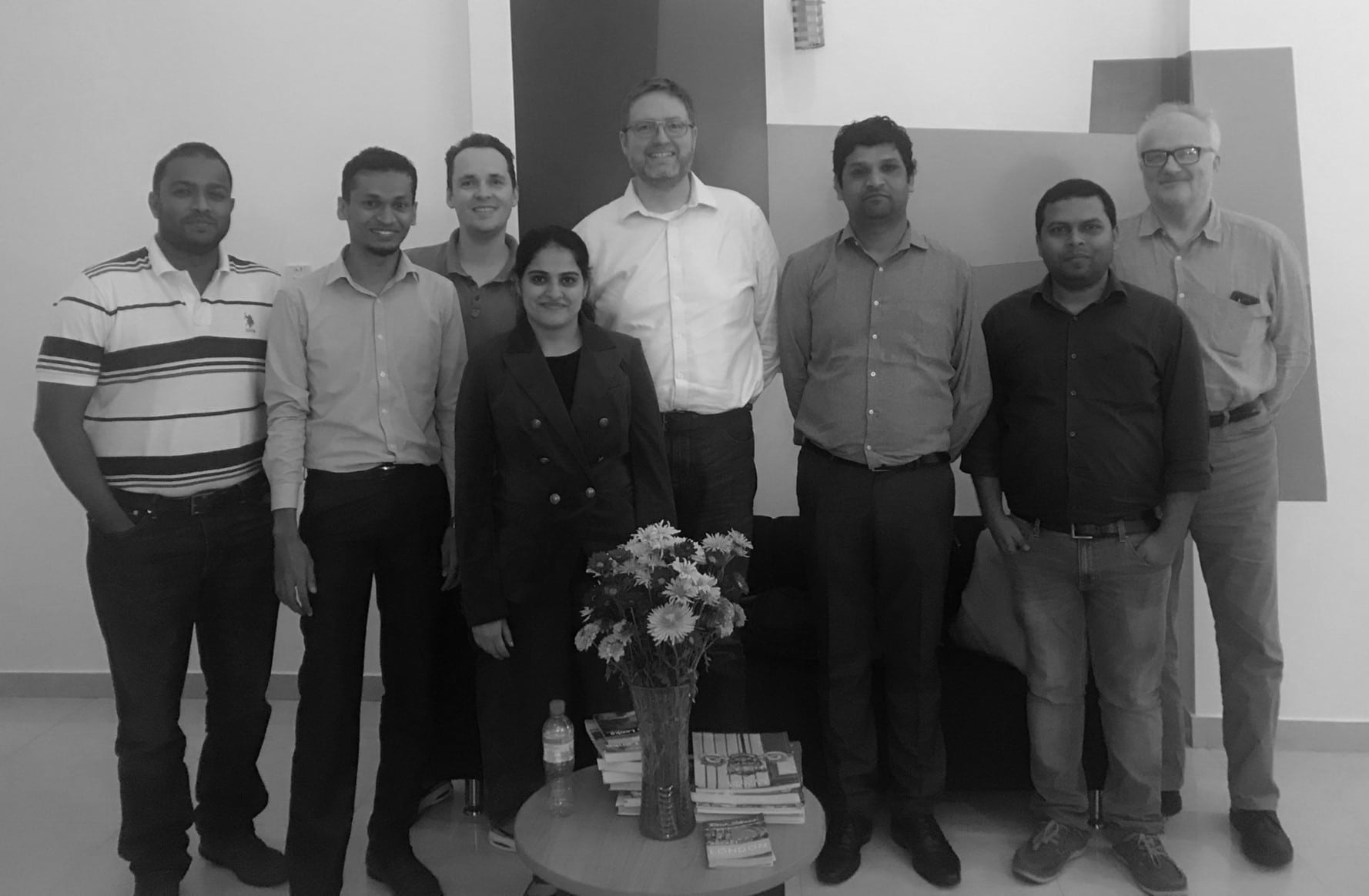
In some ways it was a bit like a retreat for married couples, only there was definitely a lot more curry, and there was most definitely a lot more XSLT there as well.
But it’s kind of created a model for us. We now have been around long enough that we can have legacy customers where the training that we provided, those core users, have gone away.
A bit like what Sarah was saying, often if you haven’t embedded that knowledge with someone within the organisation that can pass on the training successfully, then there becomes a gap there, and it’s our job to go in there and help bring that knowledge back up to speed.
It’s also really interesting with India. Without really trying, our customer base there is really growing, and that’s partially because some customers we’ve been working with for a long time have started to move their production departments to India, so their Typefi users are now based in India, or often other Asian countries.
Now that we’ve developed this Sri Lankan support team, we’re in a really excellent position to support these people. We’re in the same time zone. Very similar area, so it’s easy to travel to if we need to. And it’s definitely a growing sector for us.
New solutions
In terms of ongoing relationships, though, in addition to our new customers, in the last year we’ve implemented over 20 projects for our existing customers.
This kind of goes back to what I said at the beginning. People are taking our technology, solving the first problem, and then months later, or sometimes years later, they come back with a new problem, and we talk to them about how we can resolve that.
Last year was dominated by improving standards workflows for different organisations. Probably just about half of our work was in that area. But we also did some other interesting things.
Sarah might be interested to know that we created an indexing customisation not for LSBF, but for one of their subsidiaries, to really simplify a time-consuming editorial process, and still create very complex but tidied up indexes.
We also have implemented our very first DITA import into Typefi.
At the moment we’re working on two very similar projects for new customers, both of which, for different technical reasons, cannot have the Writer plug-in installed in-house. So, we’re developing a solution to where they can tag their Word documents without using Writer. And then we use our XSLT team in Sri Lanka to convert that Word document into the CXML to create the InDesign files and subsequent outputs.
Typefi Support
Of course the other important area—and this is quite an astounding statistic, and it will go up every year, because our customers grow—last year we spent nearly 10,000 hours in supporting our customers.
That can be everything from, “I can’t find my login, can I have a new one?” which would be the simplest, to quite complex content issues that we help them resolve.
So you can see why, year on year, this support team and the team in Sri Lanka continues to grow.
Zendesk
Probably the biggest change with Professional Services over the last year, and I previewed this two years ago in Brighton, but this year, over the last 12 months, we’ve completed the transition of all of our customers onto Zendesk.
Initially, we were trying not to talk about it as Zendesk internally. It’s the Typefi Help Centre, or Typefi Support. But it’s powered by Zendesk, which is one of the leading support softwares in the industry.
If you try to return something to many online retailers, you will suddenly see that their responses look very similar to the responses you’re getting from Typefi, and that’s because these are all powered by Zendesk.
It’s really changed how we can interact with our customers. Not only can we track what’s going on a lot more easily, and be a lot more flexible, and accept queries from emails, from people logging into the website, but also even from the Typefi server now.
This is a quick animation to show you how it’s embedded in Typefi 8 server. You can query our Help Centre to see any articles that are there that might be able to solve your problem straight away, and if you click on ‘Contact Us’, you can submit a ticket straight away.
So there’s no need to go out of the system and log on anywhere else, or even go into your email and send an email. You can simply do it there.
I know Caleb’s looking at ways of getting even more out of that functionality, of embedding it in the Designer plug-in and the Writer plugin, and even trying to get more core information of perhaps the job you’re running at the time, or the file you’re on at the time, embedded in the ticket so that it’s quicker for us to respond.
Another big change with using Zendesk is we can actually see what you think of us. And I didn’t tell anyone not to say anything negative. I just got lucky, because I’ve run a report over the last 90 days, and our customer satisfaction is 100%.
But to be honest, I look at this on a regular basis, and that is pretty normal. In the last 12 months there might have been one or two months where that fell below that.
We sent out 256 surveys upon closing tickets in the last 90 days, and we had 66 responses, which I also feel good about, because that shows a high level of response. It’s a very easy click of a button.
You don’t have to write a comment. And in fact, over the last 90 days, these are effectively all the comments that were made.
“As always, Karl was professional, highly skilled and extremely knowledgeable.”
—Paul Burton, Apa
“I received an email that solved the problem in a prompt fashion. Thanks!”
—Matt Mayerchak
“Great support as always—thanks guys!”
—Lee Jones, World Transformation Movement
“I appreciate the help. It was right on target. Thanks.”
—Joe Dempsey
“Gabriel, Karl and Marie were really efficient helping us trouble-shooting all our problems. They were also friendly and attentive during our conversations.”
—World Health Organization
“Support is great. Thanks!”
—Erinn Grady, The Rockefeller University Press
“This was quickly addressed. Thank you.”
— Alan Heathman, Sheridan Journal Services
There were one or two other ones that were just very much like a thank you, so I haven’t included those. But I think you can see from those comments that the hard work that the team puts in to provide that service is really appreciated by the customers.
Typefi Help Centre and Community
This is the bit where Shanna will be excited. Those features of Zendesk are just the start, and in a lot of ways, this is now us trying to pivot this new technology to see what can we do with it.
Our initial problem was we wanted to have better overview of our tickets. We’ve solved that problem. The additional feature was we can also get more customer satisfaction feedback. But now we want to go a little bit further with that.
We’ve started—fairly recently—a standards community portal within our Help Centre. So if I go back a couple of slides to the landing page, you’ll see that, well, actually you can’t see where you would log a ticket, because I’m logged in as me, and I can’t log tickets. I can only look at them.
But you can see there’s a few buttons there, and all of those are Help Centre articles. And up at the top you will see just next to where it says Jason Mitchell, there’s a Community tab.
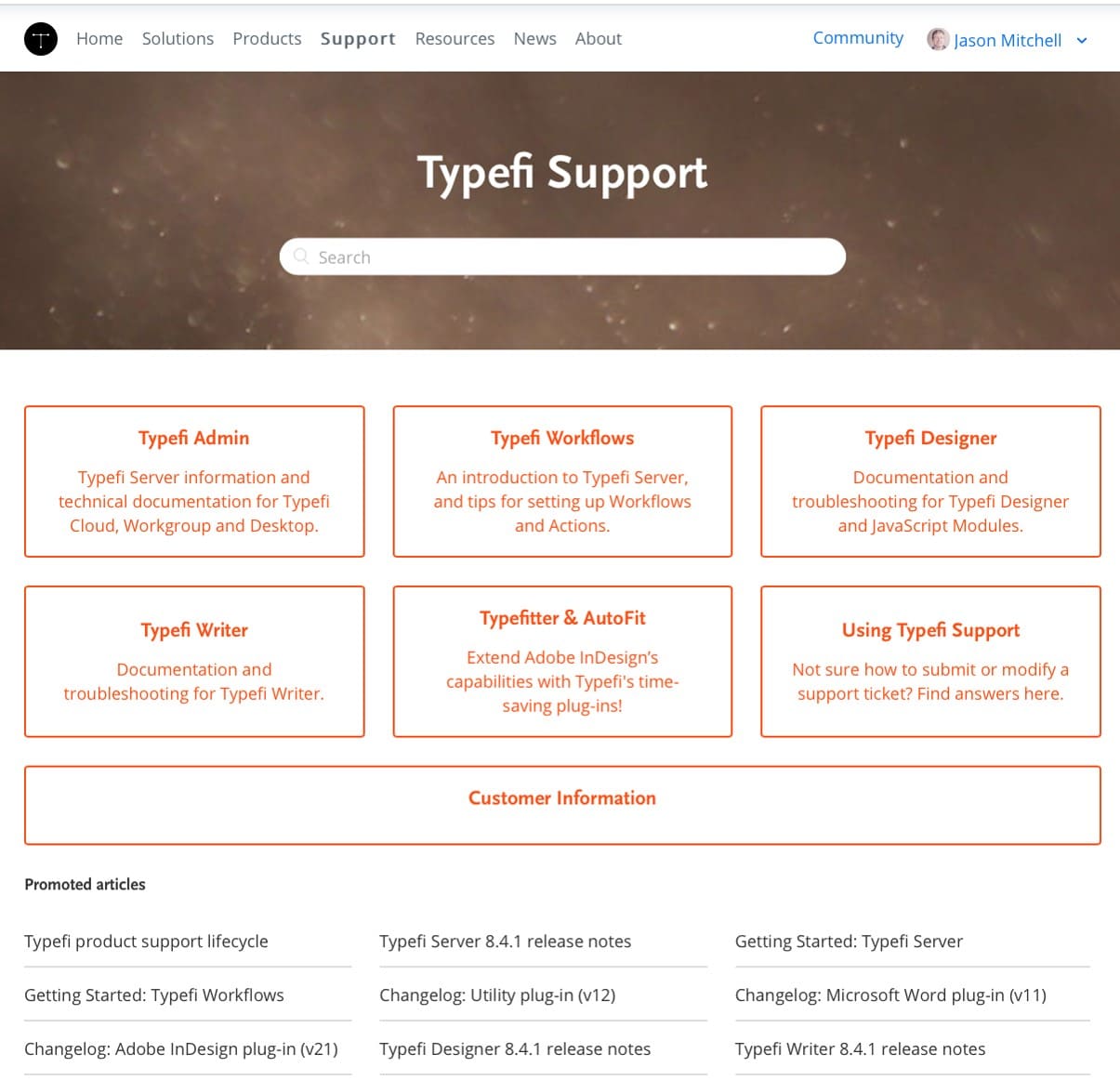
And if you click on the Community tab, then you are brought into this screen…
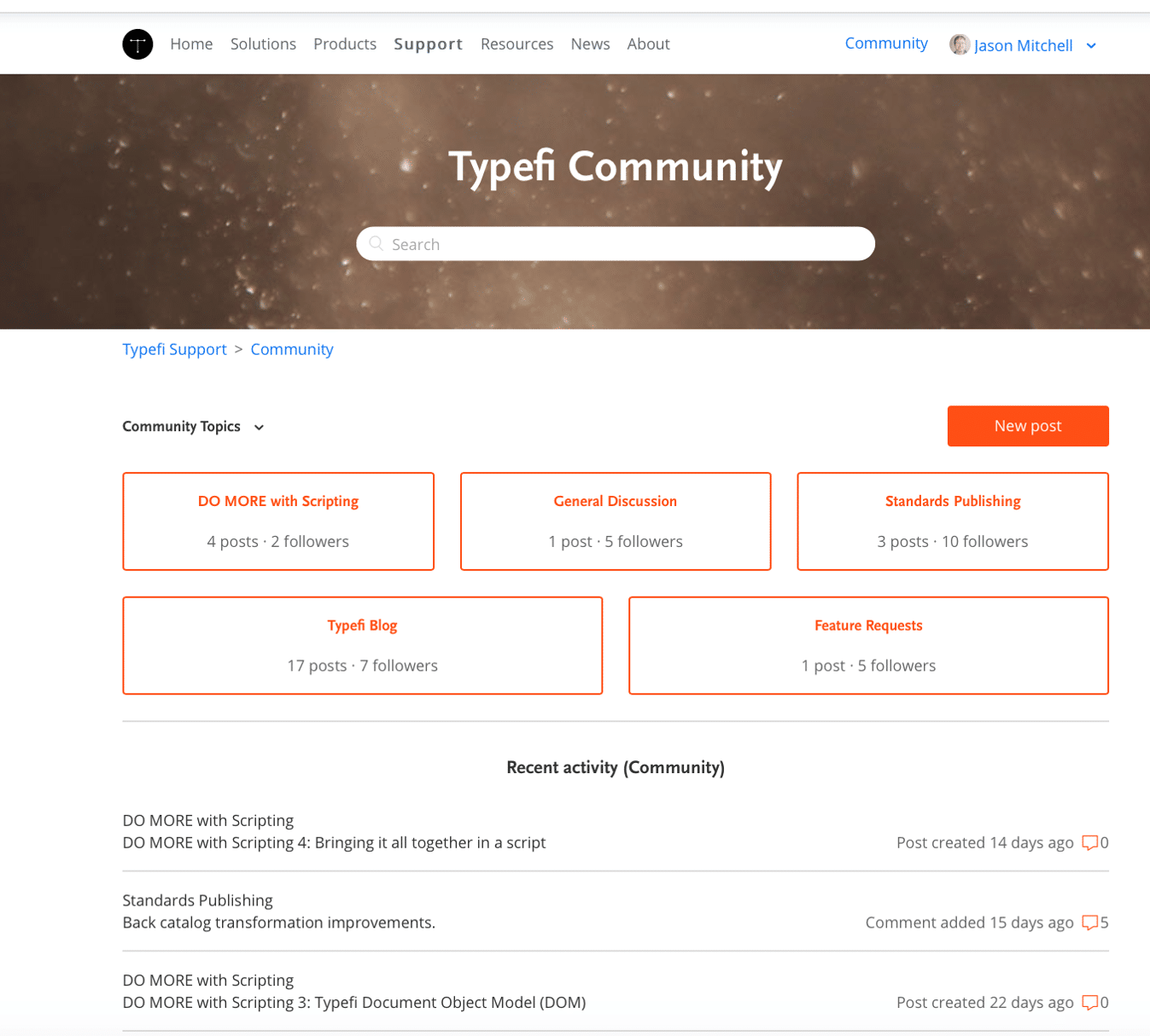
…and if you click on Standards Publishing, then you land here.
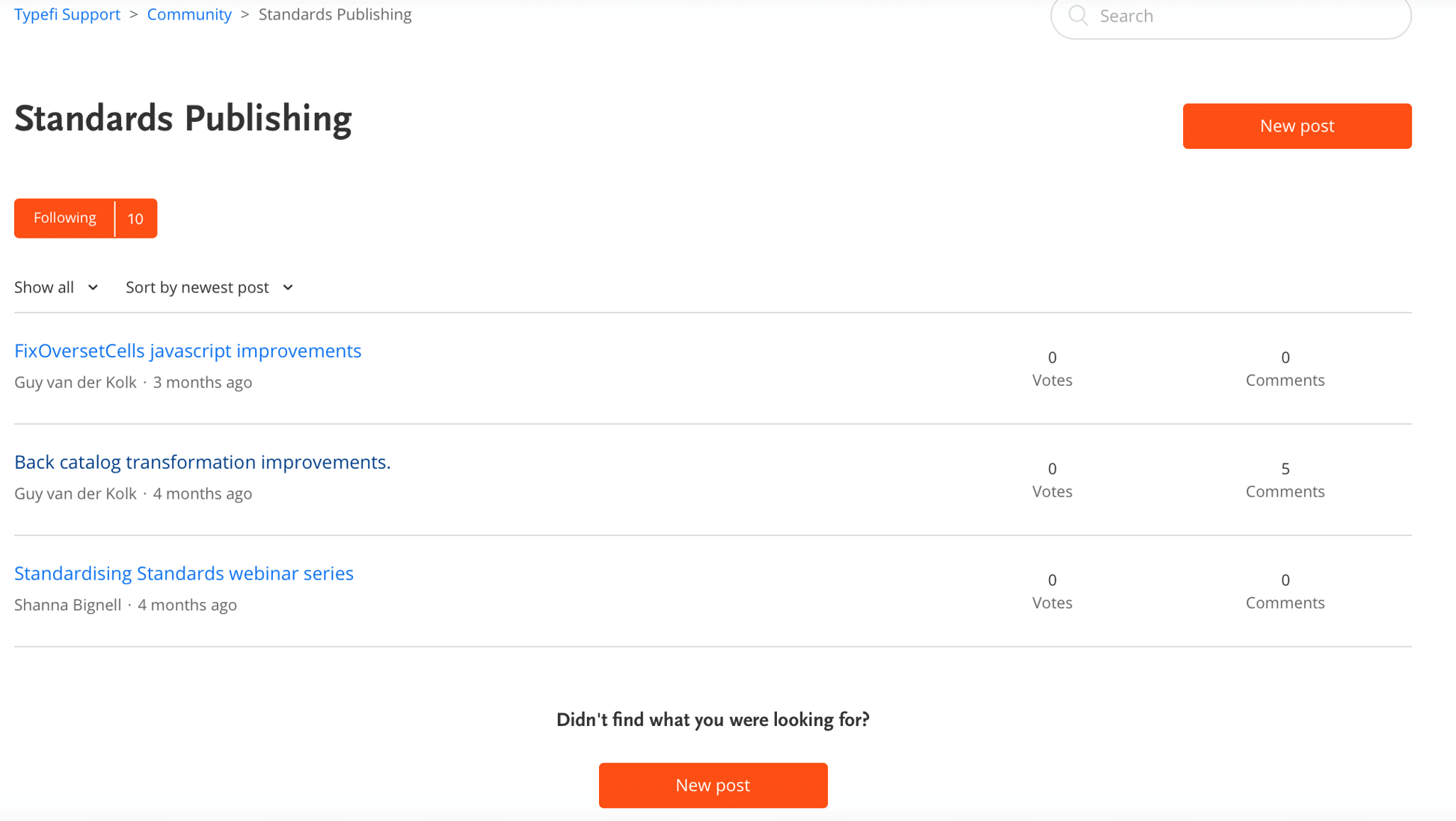
The standards community is very unique in that a lot of the National Standards Bodies do effectively the same thing. And by nature, they’re not that competitive, because they’re publishing in their country, and that’s where their territory is.
So this is to encourage them to talk about technical issues they may be having with adoptions from ISO, or any issues they may share in common with using Typefi, and they can all see this.
A lot of you, if you’re not part of one of our standards customers, you won’t be able to see this, unfortunately. You need to be logged in to see it. But they can see the comments, and they can talk to each other, and we can see that conversation and join in and offer help as well.
That was the obvious starting point of us trying to get more out of this platform. But obviously some of our customers are much more competitive.
I can’t imagine, for instance, even though we have lots of travel guide publishers, us seeing them all logging in and talking about their production processes and trying to solve each other’s problems, because they wouldn’t want to share that. They’d feel like they’d be giving away a little bit of an advantage.
But we have a lot of articles on our Help Centre now. They are very much driven by the different features within Typefi, or the different features within the different plugins like Designer or Writer, and on any of them, you can tell us whether that article is helpful or not, which is great, but you could also add a comment.
For instance, and I’ve simply chosen this one because it’s recently updated and quite short, so I could squeeze it in, because some of the articles are a bit longer, because it’s a more complex feature.
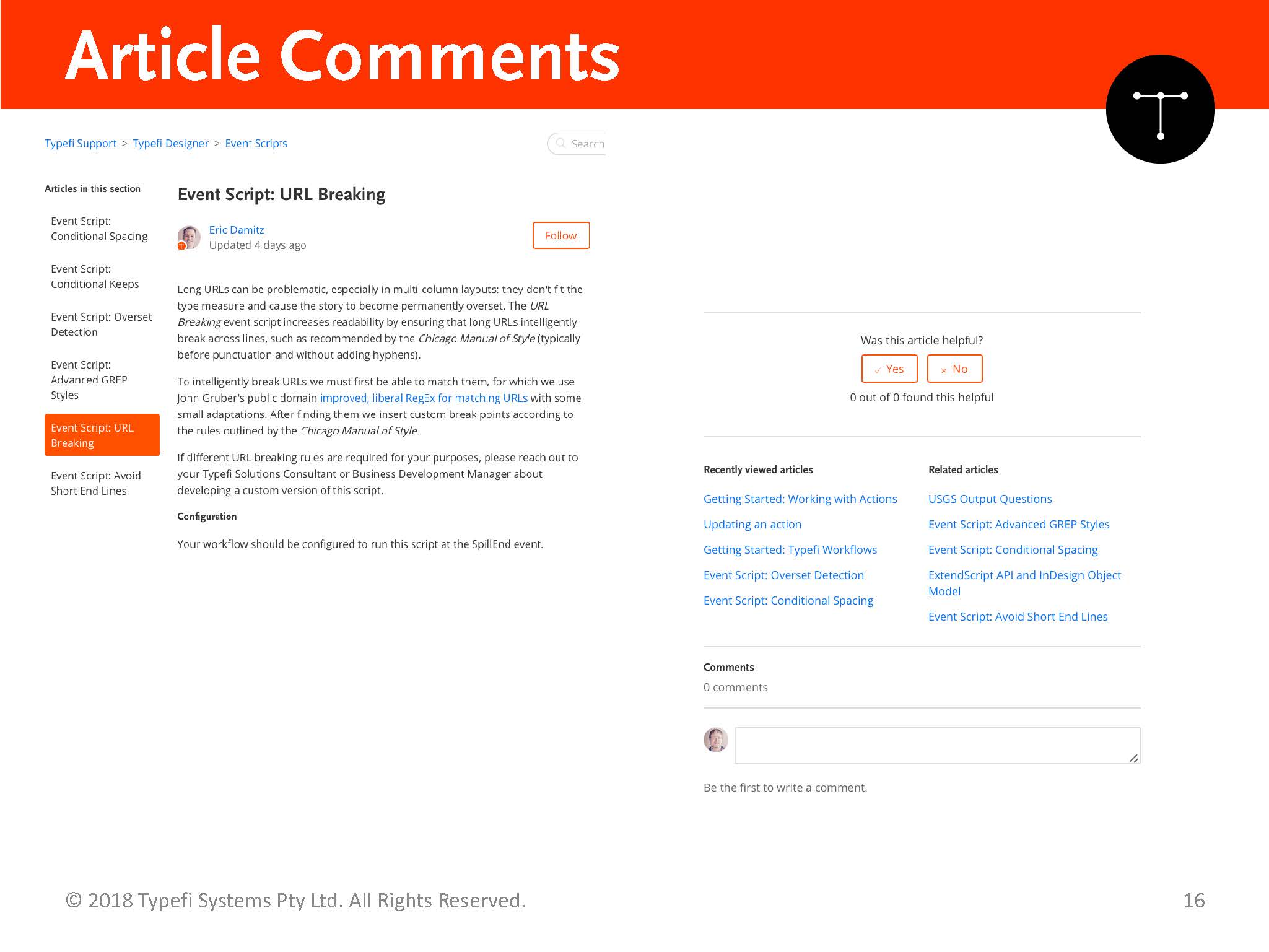
If, for some reason, you are a user of the URL-breaking script, and you thought, I’d really like it to do this, or could it maybe, or this doesn’t seem to be working correctly, you could log a ticket with us specifically to solve that problem for you, and we would respond to that.
But, also, if it’s more of a generalised sort of feature request, you could easily just add a comment here. Anyone else who’s a Typefi user who’s logged in will be able to see this. And they may agree with you.
I think Caleb, much of what he’s going to be doing at the end of the day is trying to get more feedback from the customers. But we have it built in here 24 hours a day.
We would love to see strings of comments of saying, we would really like to see this feature do this, and then another customer go, that would be perfect, and then two other customers go, yes, please, tomorrow.
We would love it. That would make this platform deliver everything that we would want out of it.
Going back to the communities, there are some specific ones that are hidden behind, well, that are limited users, like the standards one. But actually, all these other ones here, they’re wide open. So if you’re a Typefi user, you can log in and you’ll be able to see all of these.
There’s one about scripting and Peter’s webinars, there’s a general discussion, and the Typefi blog’s in there as well.
But you could just simply log into the general one and request a new feature. It’s as simple as that. And we will see that immediately, and other people can vote for it, and we can get the feedback from more customers.
We want to hear from you!
Zendesk really offers us a lot of ways of engaging with the customer. The simplest one is to log a ticket. That’s what Support does, that’s what Support did in the past.
But you can interact with your industry as well, if you happen to be in standards. You can comment on any Help Centre articles, or you can create a new Community post.
And this is what we want you to do. We want you to tell us what’s wrong, and tell us what works as well, especially with the customer surveys.
But please ask for new features via this website, and please liaise with other Typefi customers who are sharing that problem via this website. That is what it’s there for.
So, like I said earlier, there’s not really any two customers of Typefi that are the same, and it creates a unique challenge in servicing everyone. We have to spend a lot of time understanding how each customer works, and how our software, which has a lot of components, can be maximised for them.
A final thought
In closing, I’m going to leave you with a quote from Bill Gates, which is, “The first rule of any technology used in a business is that automation applied to an efficient operation will magnify the efficiency. The second is that automation applied to an inefficient operation will magnify the inefficiency.”
I would like to think that in Pro Serv we have one job, and that’s to help you with rule one, and help you to avoid rule two.

Jason Mitchell
Director of Professional Services | Typefi
Jason leads Typefi’s global Professional Services team and has over 15 years of experience in managing publishing operations and digital products for both small and large publishing houses.
He has successfully led teams to redefine the publishing process to include digital products and improve profitability in the travel and medical publishing sectors.

